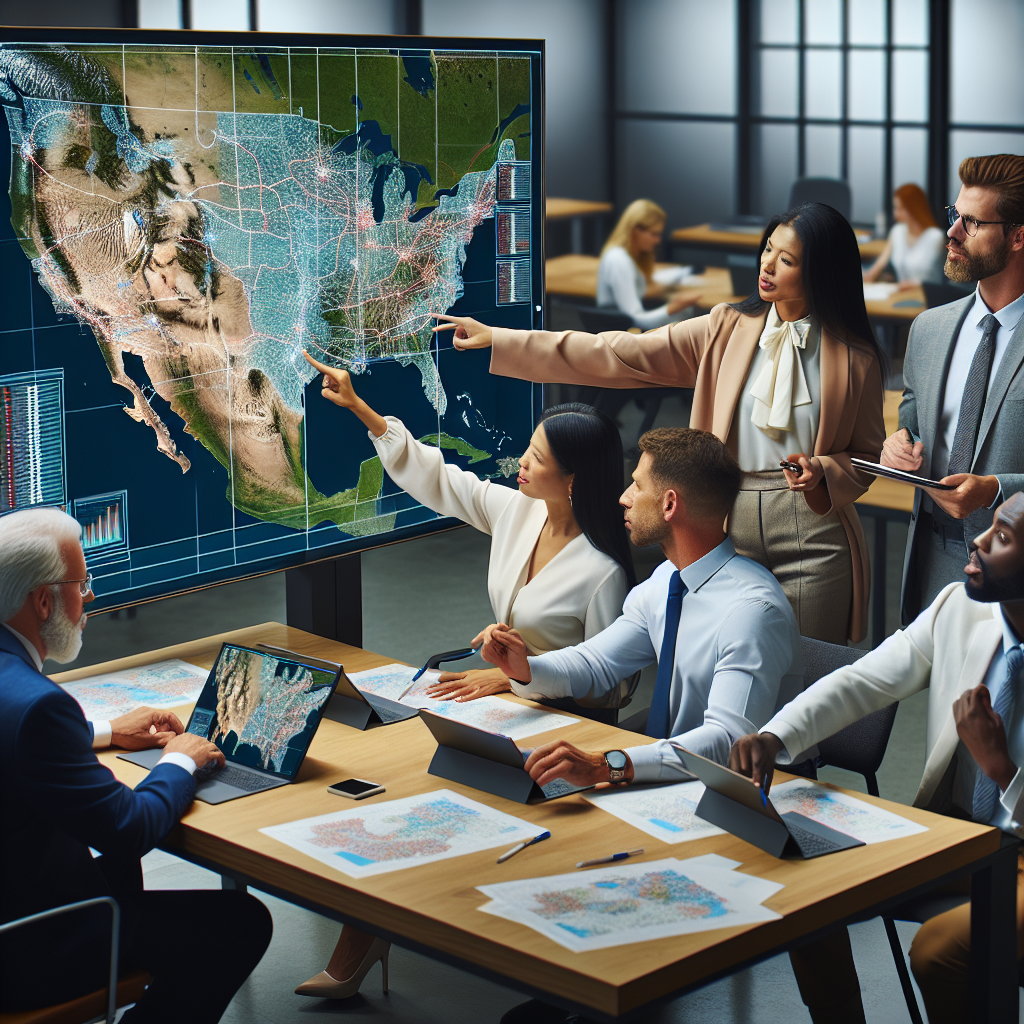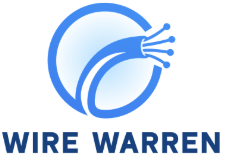We live in an era where the idea of interconnectedness is not just relevant to our digital devices but deeply embedded into almost all aspects of our society – ‘The Issue at Hand’. Among them is how we move about – commute – and recent statistics show that there has been an unprecedented increase in public transit ridership.
As a dedicated educator who continuously observes fluctuations in society and its nuance effect on education, I believe this rise carries a profound ‘Message’ that could be crucial for reshaping our learning environments. My position is simple yet radical – leverage this surge as an opportunity to integrate concepts of sustainability, community building, technological advancement and real-world problem-solving skills into our curriculum.
The supporting evidence lies within several studies illustrating how travel patterns influence cognition. Research from The University of Illinois established links between regular use of public transportation and improved cognitive functions due to diverse social interactions; while another study published by Aarhus University correlates longer commutes with higher creativity levels because individuals tend to utilize commuting time for ideation and reflection.

There are counterarguments suggesting such integration might deviate from core academic subjects or it may widen the so-called ‘digital divide’. While these concerns are valid, creating inclusive pedagogical strategies with diversified teaching aids could address them effectively.
A glance at Finland’s schooling system bolsters my viewpoint with real-world examples. They consistently rank high academically globally despite (or arguably owing to) their unconventional pedagogies including importing societal issues into classrooms.
‘Historical Precedents’ remind us how splitting the atom revolutionized not just physics but also gave birth to new political science modules around nuclear diplomacy. Similarly, today’s heightened public transit ridership could be a catalyst for evolving our education system.
From my personal experience as an educator, incorporating real-world themes into lessons boosts student engagement remarkably. Embedding a modular transportation course that elucidates the role of different technologies in aiding public transport systems can create engaging and interactive learning environments.

A call-to-action is needed from educators worldwide to revolutionize curricula by including practical societal trends like increasing public transit usage. It will involve collaboration among educationists, policymakers, technologists and even urban planners – but the outcome could shape a generation armed with knowledge that truly fits its future.
‘Vision for the Future’: Imagine classrooms where students don’t just gather knowledge about technology and social trends; they brainstorm ways to merge these two elements for community betterment while understanding their role in addressing global challenges like climate change.
This ‘Learning Opportunity’ – viewing increased public transit ridership through an educational lens – might hold answers to shaping relevant curriculum for tomorrow’s learners who will ride an inevitable technology wave towards sustainability-centric societal norms.’Final Thoughts’, we must remember: every significant societal shift presents hidden opportunities to reshape education – after all, isn’t adaptability one of humanity’s greatest traits?


